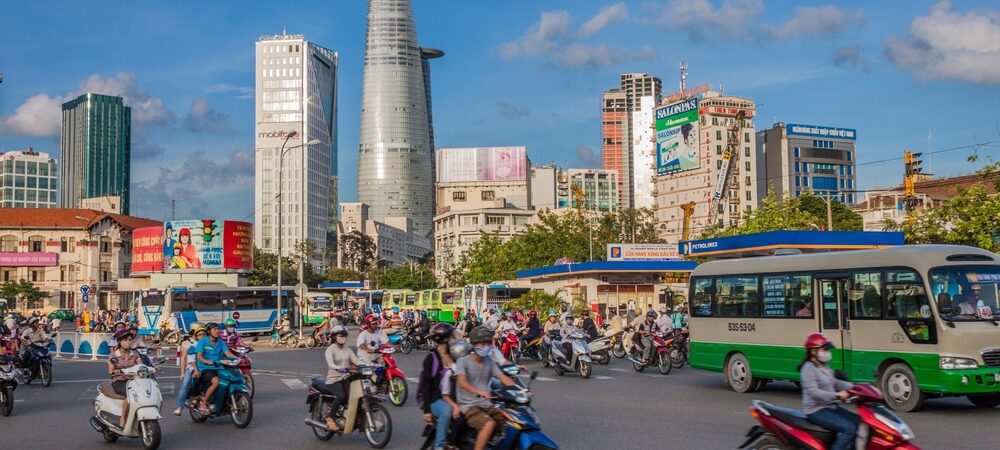The first half of 2023 reminded us how resilient the global economy is. Despite persistent inflationary pressures and continued monetary policy tightening, there have been undeniable signs of progress. Headline inflation has moderated, energy prices have eased, whilst household consumption has strengthened. That said, challenges to ongoing recovery have become more prominent, especially as China, a major economic engine, is starting to exhibit waning growth momentum. The International Monetary Fund (IMF) projects global growth to slow to 3.0% in 2023, from 3.5% last year – the lowest it has been in three decades.
For Southeast Asia, growth prospects look comparatively better against the global backdrop at 4.6% as forecast by the Asian Development Bank (ADB). This was a slight downgrade from earlier predictions, due to lower export growth and a deceleration of industrial activity. Regional growth has been anchored by domestic demand and services, and the recovery of tourism activities. The need to fully leverage the region’s growth momentum amidst economic uncertainty and rising geopolitical risks was aptly highlighted by Indonesia’s ASEAN Chairmanship theme, ASEAN Matters: Epicentrum of Growth. The conclusion of the 43rd ASEAN Summit and Related Summits in September was once again a testament of Indonesia’s leadership, with over 90 documents issued and concrete deliverables announced throughout the three-day meetings that include several dialogue partners. Now that it has passed the baton to Laos, our Analysis contributors assess Indonesia’s Chairmanship and whether it has lived up to expectations.
Although it was unable to move the needle on the Myanmar crisis and the South China Sea, Jakarta managed to reaffirm ASEAN Leaders’ commitment to strengthen economic resilience. Among the Summit’s key economic outcomes were the launch of the Digital Economic Framework Agreement (DEFA) negotiations and the adoption of the ASEAN Blue Economy Framework. These outcomes embrace the region’s new growth drivers in an inclusive and sustainable way. With this in mind, this issue casts a Spotlight on the region’s many different emerging economic drivers. Our contributors look at potential growth engines in the region, from the quest for an ASEAN single QR payments network to the rise of unicorns, and the role of innovation in advancing digital health. Looking at external partners, regional experts examine how the Indo-Pacific Economic Framework for Prosperity (IPEF), the European Green Deal, and the Korea-ASEAN Solidarity Initiative can help unlock new economic and development pathways.
Beyond the economy, the region is facing another momentous development with several Southeast Asian countries undergoing leadership transitions. To help make sense of this changing political landscape and what it means for regional cooperation, ASEANFocus convened a roundtable featuring views from experts on seven ASEAN countries, namely Cambodia, Indonesia, Malaysia, the Philippines, Thailand, Singapore, and Vietnam.
ASEANFocus-Sep-2023-LR
To read the full report, click here.

